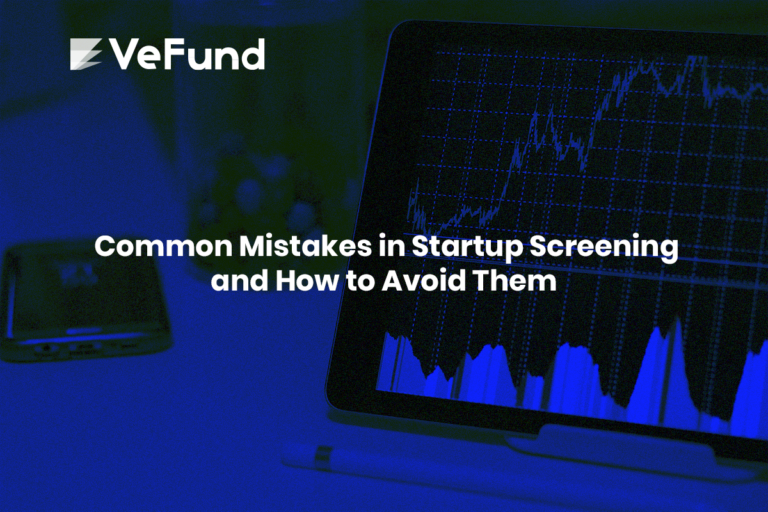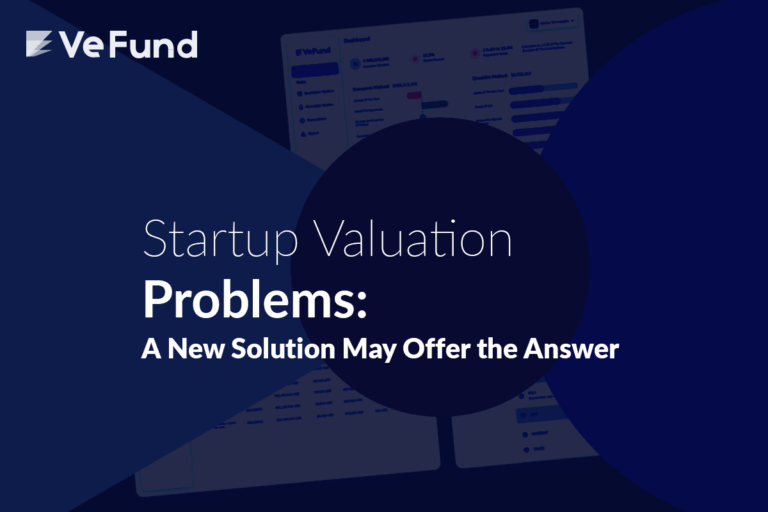Revenue Forecasting Based on Customer Journey for Early Stage Startups
In the world of startups, revenue forecasting is a critical component of your company’s valuation and a key factor that potential investors consider during the fundraising process. Accurate revenue forecasting can demonstrate your startup’s potential, justify your valuation, and ultimately, convince investors to fund your venture.
However, revenue forecasting for early-stage startups is often fraught with uncertainty. Traditional forecasting methods may not fully capture the unique dynamics of a startup’s growth trajectory. It might also be hard to depend on traditional methods with the lack of industry data. This is where focusing on your own customer’s journey for forecasting comes into play.
Introducing Revenue Forecasting Based on Customer Journey
The “Revenue Forecasting Based on Customer Journey” method is a versatile approach that can be applied across a range of industries. Whether your startup operates in the tech sector, e-commerce, digital marketing, B2B services, or any industry where customer acquisition, retention, and growth are key, this method can provide valuable insights.
This approach is particularly beneficial for startups with a subscription-based model or any business where customer retention and repeat business significantly impact revenue. Industries such as Software-as-a-Service (SaaS), media and entertainment, and any subscription services can greatly benefit from this method.
Implementing the Method for Early-Stage Startup: Company X
Let’s illustrate the method using a hypothetical early-stage startup, Company X, that operates in the tech industry.

Identify Marketing Strategies
Company X, like many early-stage startups, uses a mix of marketing strategies to reach potential customers. These strategies include direct Sales efforts, Social Media marketing, and attracting Organic traffic through SEO and content marketing. Each of these strategies has its own potential for generating leads and converting them into customers.
For instance, the Sales team might be tasked with reaching out to potential enterprise clients, while the Social Media team might focus on attracting individual users through engaging content. Meanwhile, the SEO and content marketing efforts aim to attract organic traffic by ranking high on search engine results.
Estimate Potential Leads per Month
The next step is to estimate the number of potential leads each strategy could generate per month. Let’s say, based on past performance and market research, Company X estimates that:
The Sales team can generate 500 leads per month.
Social Media campaigns can attract 1000 potential leads.
Organic traffic can bring in another 700 potential leads.
Apply Conversion Ratio
Once the potential leads are estimated, Company X applies a conversion ratio to these leads to calculate the number of converted customers. The conversion ratio can be estimated by various methods such as market research, previous performance, and/or conservative assumptions.
Let’s assume that based on these factors, Company X has the following conversion ratios:
– Sales: 20%
– Social Media: 10%
– Organic: 15%
What happens next in the conversion process depends on the sales funnel of Company X.
If customers can onboard themselves, then we use the conversion ratio for each marketing strategy. This means that each lead source (Sales, Social Media, Organic) would have its own unique conversion ratio.
However, if customers must go through sales reps first, all leads go through the sales team. In this case, the conversion ratio of the sales team would apply to all leads, regardless of their source. It’s important to note here that the capacity of the sales team can become a limiting factor in the conversion process. If the company does not plan to hire more reps as leads grow, then they must account for capacity.
Let’s illustrate this with an example. Assume that customers of Company X can onboard themselves. In this case, the conversion ratios for each marketing strategy would apply:
– Sales: Generates 500 leads per month, converts 100 into customers (20% of 500)
– Social Media: Attracts 1000 leads, converts 100 into customers (10% of 1000)
– Organic: Brings in 700 leads, converts 105 into customers (15% of 700)
Estimate Average Customer Lifetime Value (CLTV)
After calculating the number of converted customers, Company X estimates the average customer lifetime value (CLTV) for these customers. This involves calculating the net revenue attributed to the entire future relationship with a customer.
For startups with a subscription model, the CLTV is typically calculated as the monthly subscription fee multiplied by the average customer lifespan (in months). For instance, if a customer subscribes to Company X’s service and pays $50 per month, and the average customer lifespan is estimated to be 2 years (24 months), the CLTV would be $1200 ($50 * 24).
For startups with different business models, the calculation of CLTV may vary. It could be based on the average purchase value, the frequency of purchases, and the average customer lifespan. It’s important for each startup to understand their unique customer behavior and tailor the CLTV calculation accordingly.
In addition to the CLTV, understanding the churn rate is crucial. This metric, representing the percentage of customers who stop subscribing to a company’s product or service within a given time period, directly impacts the number of customers. The monthly churn rate can be calculated as the inverse of the average customer lifespan. For example, if the average customer lifespan is 24 months, the monthly churn rate would be approximately 4.17% (1 / 24).
Calculate the Number of Customers in a Given Month
1. Start with Converted Customers: We begin with 305 customers, the total number of customers converted from each marketing strategy.
2. Account for Churn: With a churn rate of 4.17%, we expect about 13 customers to churn (4.17% of 305).
3. Add New Customers: We then add the new customers acquired in the month. After accounting for churn, we start with 292 customers (305 – 13). Adding the 305 new customers, we end up with 597 customers by the end of the month.
This calculation is repeated monthly, providing a dynamic forecast of the customer base and, consequently, the revenue potential.
Adding It All Together: Calculating Annual Revenue
Once we have the monthly revenue forecast in a spreadsheet, we can project annual revenue for the next 3 to 5 years, which is the typical amount of time used for startup valuation. This is done by summing up the forecasted monthly revenue for each year. Now the revenue numbers are ready for valuation and investor presentation!
Final Thoughts
This method of revenue forecasting based on the customer journey is specifically tailored for early-stage startups. It is particularly beneficial for startups in the tech sector, e-commerce, digital marketing, B2B services, and any industry where customer acquisition, retention, and growth are key. If your industry isn’t listed here, consider how you might tweak this method to suit your specific needs. It might still be a good fit!
At VeFund, we’re dedicated to aiding you in your fundraising journey. We invite you to create your data room with us and reach out to our active investor network. To make your valuation process effortless, we offer an automated valuation calculator. Give it a try and receive an immediate valuation for your startup. We’re excited to see where your startup journey takes you!







